Scars from 1967 Uprising Still Fresh for Some Detroiters
Detroiters living where 1967 uprising erupted say the violence left blight and poverty that still lingers in the city.
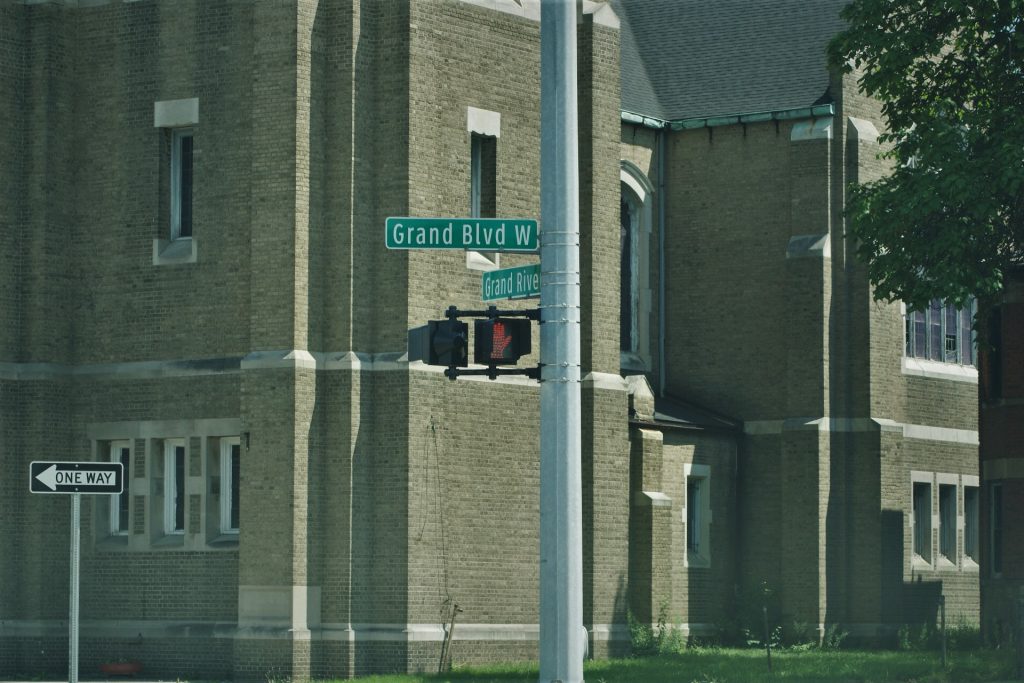
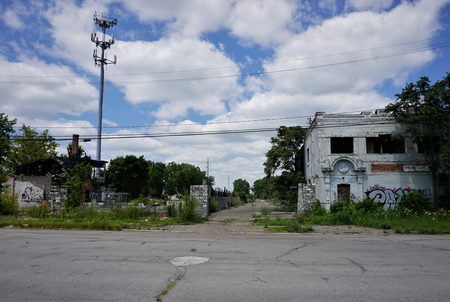
This week the city of Detroit is remembering a series of days that forever changed the iconic Motor City.
It was a half-century ago this week that Detroit police raided an illegal after-hours club.
People there say police shoved a pregnant woman aside during the raid. Someone else threw a brick at the officers. And the city ignited into five days of rioting.
Many African American Detroiters call it a rebellion against systemic racism and decades of harassment by some white police officers.
And even with investment returning to Detroit, the city’s emotional scars still run deep.
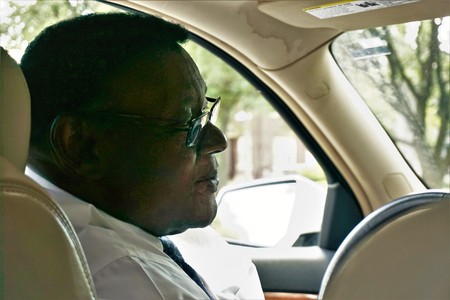
Simply driving to a quiet inner-city intersection still brings it all back for former Detroit police officer Ike McKinnon.
It was there, 50 years ago, that McKinnon was a young African American driving home in the midst of the riot. He was still wearing his police uniform when he was stopped by two white cops.
“They came up with their guns drawn,” McKinnon remembered. “And I said ‘Police officer.’ The older officer, brush cut, gray hair, said ‘Tonight you’re gonna die.’ As I dove back into the car he started shooting at me.”
McKinnon said he reported the incident to his supervisors. But they did nothing.
That worried McKinnon as much as dodging bullets fired by other members of the police force.
He said, “If those officers were doing that to me, as a fellow officer, what were they gonna do on the streets of Detroit?”
“They came up with their guns drawn. And I said ‘Police officer.’ The older officer, brush cut, gray hair, said ‘Tonight you’re gonna die.’ He started shooting at me.” — Former Detroit police officer, Chief of Police and Deputy Mayor Ike McKinnon
McKinnon eventually became Chief of Police and a deputy mayor.
But in July, 1967 McKinnon was one of the few blacks on an almost all-white Detroit police force — in a city that had become a war zone.
It took five days for the violence to abate. The National Guard and U.S. Army troops and tanks were called in to patrol the city. When the arson smoke finally began to clear from the city blocks that had been torched, and the many businesses looted and burned, the toll was staggering.
About four-dozen people had been killed, more than a thousand injured and many more thousands arrested. African Americans made up the vast majority of those numbers.
Some black Detroiters said it was the price they paid for finally taking a stand.
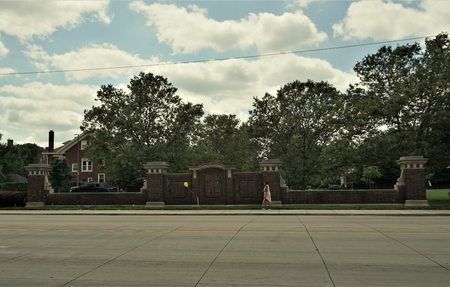
Detroit’s mayor at the time, Jerome Cavanagh, was elected in part because he pledged to end the “stop-and-frisk” policies that were aimed almost exclusively at African Americans in the city.
But even a year after the smoke had cleared from the 1967 uprising, Cavanagh was still pleading for restraint in an increasingly divided metropolitan region.
“The citizens of Detroit, both Negro and white, are arming themselves in unprecedented numbers,” Cavanagh said in an address to the public. “And in the suburbs surrounding Detroit, gun sales have also soared. And let me say, my fellow citizens, that this arms race must stop. We must return to sanity.”
But for some officials, like former Detroit City Council member Sheila Cockrel, the appeal rang somewhat hollow.
Cockrel said, “There’s this whole sort of narrative about falling property values and rising crime that were the nexus that, for white people (in the Detroit region,) made the policing strategies acceptable.”
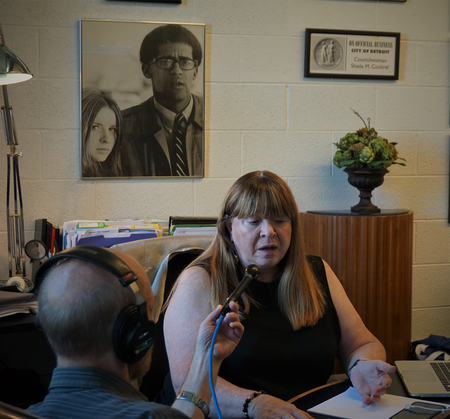
Cockrel was a 20-year-old activist in July, 1967, watching Army tanks patrol the city’s streets.
Now, a half-century later, she believes the unrest actually had an upside.
Cockrel said the uprising led to Detroit electing its first black mayor, Coleman A. Young, who integrated the city’s police force.
But Cockrel also notes the five days of violence in 1967 accelerated an exodus of white people, and financial capital, out of Detroit.
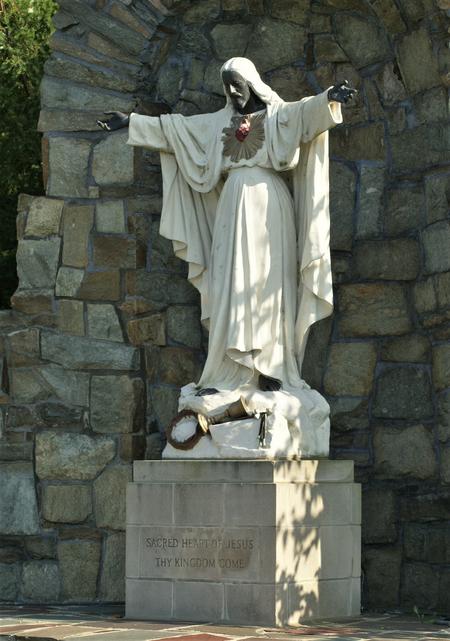
“The irony is that today working-class poor black people (in Detroit) are worse off than they were in 1967.”
A presidential commission later determined that systemic racism had driven the rioting.
Officials initially downplayed that report.
Yet some Detroiters say the reasons behind the rebellion must not be consigned to the past.
“Look around you, see the consequences. Do you see any businesses?”– Detroit resident Lamont Causey, who lives near where the 1967 uprising ignited
There’s a small park now at the intersection where the uprising first ignited.
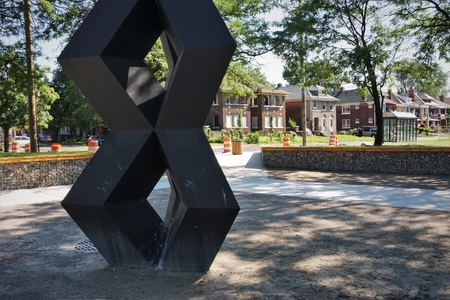
Detroiter Lamont Causey calls it an attempt to sanitize events city officials would rather forget.
“I think a lot of folks is trying to hide the stigma about what happened,” Causey said. “But you can’t throw history under the rug. Can’t do it. Have to talk about it in order to move forward. So that’s what we’re doing.”
Causey said he’s lived in this neighborhood all his life.
And when he glances at the overgrown areas nearby, Causey finds the ravages left from the uprising remain very apparent.
“Look around you, (you) see the consequences. Do you see any businesses? All you see is a bunch of raggedy houses right now that we waiting and hoping to get redeveloped. That’s what we (have been) waiting on. (For) 50 years,” Causey said.
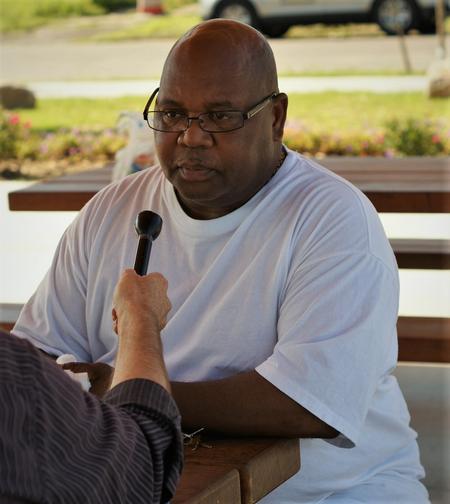
There are plans afoot to create new stores and even a cultural center on this spot.
But Causey and others living near the area where the violence erupted in 1967 meet such pronouncements with a mix of hope and suspicion.
They were targeted 50 years ago by police sworn to protect them. And the wounds remain very raw. And very real.
Click on the audio link above to hear the complete story
